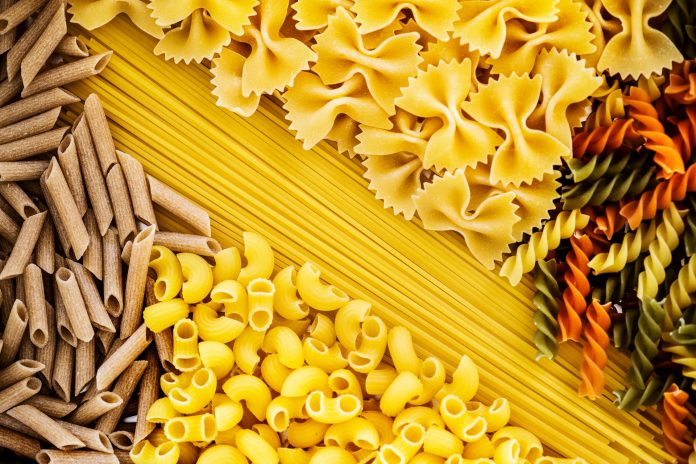
If you’ve ever found it hard to cut back on carbs, ancient DNA might be the reason why.
A new study reveals that humans have been genetically equipped to digest starchy foods like bread and pasta for much longer than previously thought—possibly over 800,000 years!
Researchers focused on a gene called the salivary amylase gene (AMY1), which helps produce amylase, an enzyme in saliva that breaks down starch into sugar.
More AMY1 gene copies mean more amylase, making it easier for humans to digest starchy foods. This gene duplication could have played a key role in our ancestors’ adaptation to eating starch-rich diets.
In the study published in Science, scientists used advanced genome mapping and sequencing techniques to get a detailed look at the AMY1 gene region.
Previous methods struggled to distinguish between copies of this gene because of their nearly identical sequences. The research team, led by Omer Gokcumen from the University at Buffalo and Charles Lee from Jackson Laboratory (JAX), overcame this problem by using a technology called long-read sequencing.
The researchers analyzed ancient human DNA, including a 45,000-year-old sample from Siberia, and discovered that pre-agricultural hunter-gatherers already had an average of four to eight AMY1 copies per diploid cell.
This finding suggests that early humans had high AMY1 copy numbers long before they began farming and eating more starch.
Interestingly, these gene duplications weren’t exclusive to humans. The study found similar AMY1 gene duplications in Neanderthals and Denisovans, our close relatives, suggesting that the initial gene duplication happened over 800,000 years ago—much earlier than scientists previously believed.
“This initial duplication was like a ripple effect, creating genetic variation that allowed humans to adapt to new diets as starch became more common,” explains Gokcumen. “As humans spread into different environments, this flexibility in the number of AMY1 copies became an advantage.”
Over time, with the development of agriculture, diets became even richer in starch. The study noted that as early European farmers relied more on starchy foods, their AMY1 gene copy numbers increased significantly over the past 4,000 years.
Gokcumen’s earlier research even showed that domesticated animals like dogs and pigs, who lived alongside humans, also developed higher AMY1 gene copy numbers compared to wild animals.
The study suggests that people with higher AMY1 copy numbers digested starch more efficiently and may have had more offspring, passing on this genetic trait. This evolution helped spread the higher AMY1 copies over generations.
The findings align with another study led by the University of California, Berkeley, which found that the average AMY1 copy number in European populations increased from four to seven over the past 12,000 years.
Researchers believe that studying this genetic variation further could provide insights into the relationship between starch digestion, glucose metabolism, and human health.
This research was supported by the National Science Foundation and the National Institutes of Health.
If you care about nutrition, please read studies about the benefits of low-dose lithium supplements, and low calorie diets may help reverse type 2 diabetes.
For more health information, please see recent studies about the best and worst foods for high blood pressure, and time-restricted eating: a simple way to fight aging and cancer



